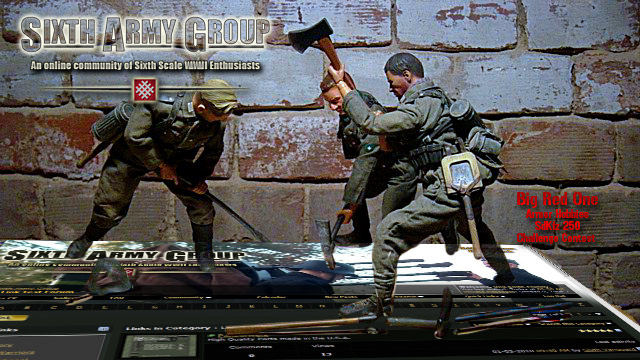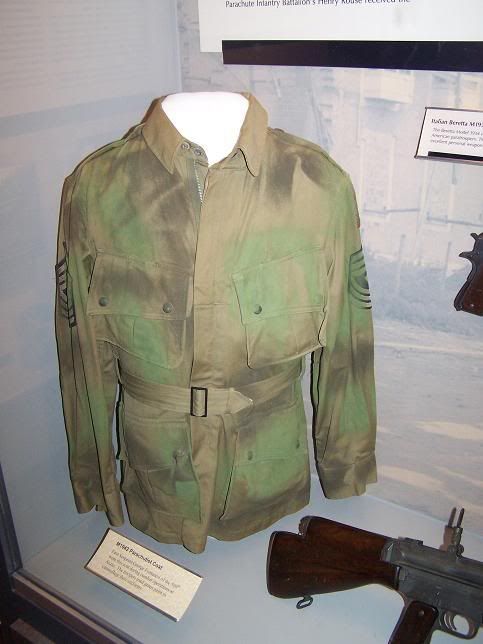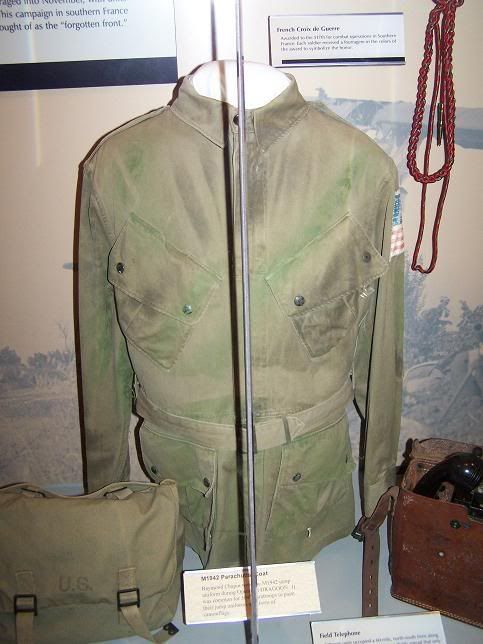Tom Sawyer
Marksman
I have some questions on US paratroopers and hopefully you guys can help me. Thanks in advance for the repsoses.
1. First off, how prevalent were rigger pouches? What were the most common type, m-1, carbine, Thompson, etc?
2. Did the majority of D-Day paratroopers use only helmet netting or did they use both scrim and netting? What was themost common one?
3. How common or prevalent was the camoflaged 82nd pathfinder uniform with the darkened or blackened striping like Dragon Tom (82nd) uniform? Which unit did this or did more than this unit do it?
4. How common was it for Paratroopers to for go any netting and scrim and just go with a painted camoflage or plain steel pot?
5. What was thr primary bag used by those paratroopers with smg's? Was it the GP bag or the other plain thompson bags that companies have produced.? of those bags which are the most accurate, the Did one, the early Dragon one, the Josh Ackerman or the Bud Norris ones?
Thanks for any input and help on my questions.
1. First off, how prevalent were rigger pouches? What were the most common type, m-1, carbine, Thompson, etc?
2. Did the majority of D-Day paratroopers use only helmet netting or did they use both scrim and netting? What was themost common one?
3. How common or prevalent was the camoflaged 82nd pathfinder uniform with the darkened or blackened striping like Dragon Tom (82nd) uniform? Which unit did this or did more than this unit do it?
4. How common was it for Paratroopers to for go any netting and scrim and just go with a painted camoflage or plain steel pot?
5. What was thr primary bag used by those paratroopers with smg's? Was it the GP bag or the other plain thompson bags that companies have produced.? of those bags which are the most accurate, the Did one, the early Dragon one, the Josh Ackerman or the Bud Norris ones?
Thanks for any input and help on my questions.



